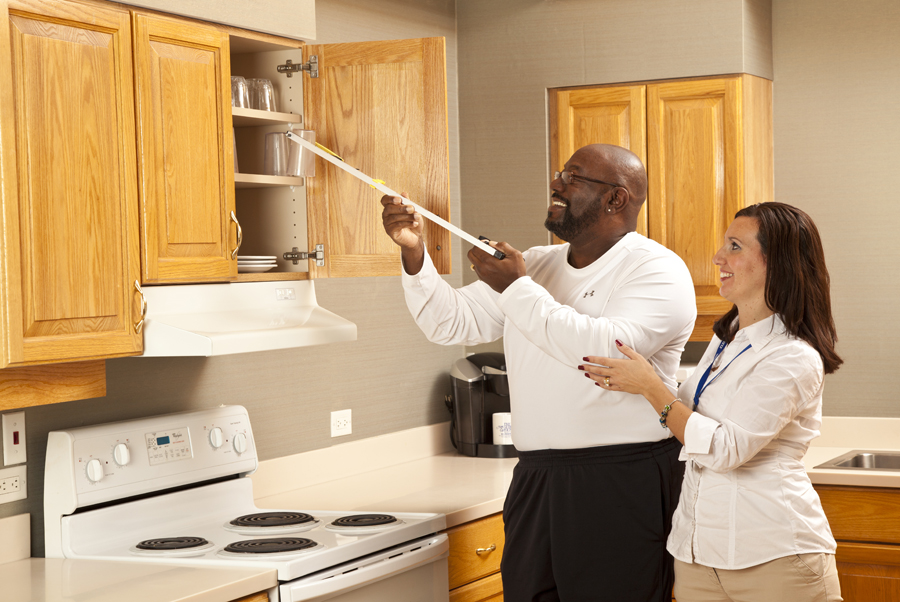Efficient Methods for Alleviating Breathlessness in Physical Rehabilitation Sessions
Efficient Methods for Alleviating Breathlessness in Physical Rehabilitation Sessions
Blog Article
Breathing difficulties, or trouble breathing, is a common issue that many people face, especially those with chronic lung conditions, heart issues, or other medical concerns. In physical therapy sessions, addressing breathing difficulties is essential for helping patients improve their overall quality of life. By utilizing specific techniques and strategies, physical therapists can help patients in controlling their breathing difficulties. Understanding these effective approaches can empower both therapists and patients to collaborate together more efficiently in addressing obstacles related to dyspnea.
One of the primary methods used to reduce dyspnea in physical therapy is the practice of controlled breathing exercises. These exercises often focus on diaphragmatic breathing, which encourages patients to use their breathing muscle rather than their upper thoracic muscles when inhaling. This method helps to increase lung volume and efficiency. Additionally, pursed-lip breathing is another approach that can be helpful. This method involves breathing in through the nose and breathing out slowly through compressed lips, which can assist to keep airways open longer and make breathing feel more manageable. By including these activities into therapy sessions, physical therapists can provide patients with tools to manage their dyspnea both during and outside of their sessions.
Another crucial element of managing breathing difficulties in physical therapy is the creation of an individualized exercise regimen. Customizing exercises to meet the individual needs and capabilities of each patient is crucial. Therapists should gradually integrate aerobic exercises, such as walking or biking, in a controlled manner, allowing patients to develop their endurance over time. This progressive method helps patients to feel more at ease with physical activity while simultaneously improving their lung capability and overall stamina. It is vital for therapists to observe patients carefully during these exercises to ensure they are not overworking themselves, which could lead to greater difficulty of breath.
Teaching also plays a significant role in alleviating breathing difficulties during physical therapy appointments. Providing patients with knowledge about their condition and the factors behind dyspnea can enable them to take control of their health. Therapists can describe how elements like anxiety, posture, and surrounding conditions can affect breathing. By understanding these ideas, patients can discover to control their symptoms more effectively. Techniques such as anxiety reduction methods and proper body posture can further assist in reducing the impact of dyspnea during routine activities and therapy appointments.
In summary, successfully alleviating dyspnea in physical therapy appointments involves a mix of breathing exercises, individualized exercise programs, and patient teaching. By applying these efficient approaches, physical therapists can assist patients control their respiratory Related Site difficulties and improve their overall well-being. Collaboration between therapists and patients is essential to create customized interventions that address specific needs. With the appropriate support and techniques, patients can experience relief from breathing difficulties and participate more fully in their physical therapy journey, ultimately leading to a better standard of life.